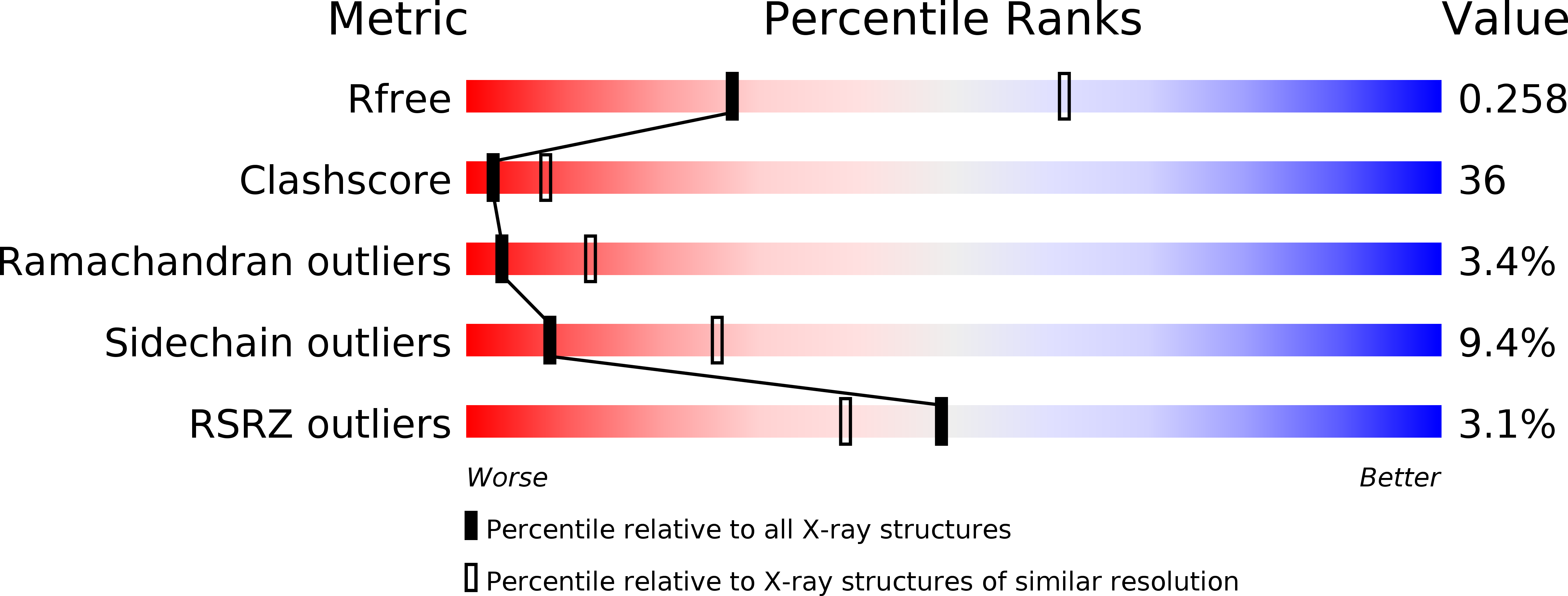
Deposition Date
2000-05-24
Release Date
2000-07-07
Last Version Date
2024-05-08
Entry Detail
PDB ID:
1E2T
Keywords:
Title:
Arylamine N-acetyltransferase (NAT) from Salmonella typhimurium
Biological Source:
Source Organism:
SALMONELLA TYPHIMURIUM (Taxon ID: 602)
Host Organism:
Method Details:
Experimental Method:
Resolution:
2.80 Å
R-Value Free:
0.30
R-Value Work:
0.26
R-Value Observed:
0.26
Space Group:
P 21 21 2


